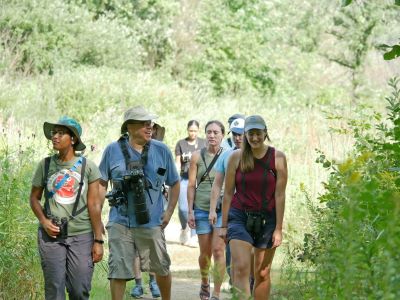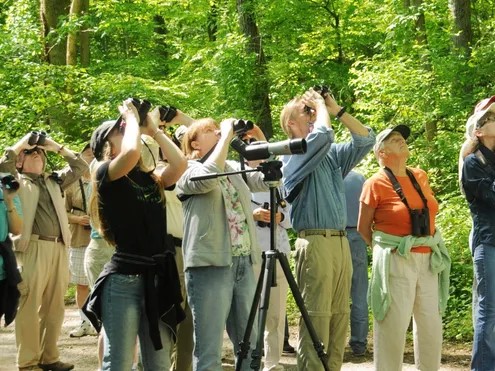Our First Saturday Bird Outings, created as part of our commitment to the Lane Audubon…
 I like to ask for book recommendations from friends because we do share some of the same interests! Of course one of the main books being discussed is Noah Strycker’s Birding Without Borders: An Epic World Big Year. If you have not yet read it, make the time. You will not be sorry. In fact you will have a hard time putting it down.
I like to ask for book recommendations from friends because we do share some of the same interests! Of course one of the main books being discussed is Noah Strycker’s Birding Without Borders: An Epic World Big Year. If you have not yet read it, make the time. You will not be sorry. In fact you will have a hard time putting it down.
Jim Maloney always offers a thoughtful list of books to watch for:
Project Puffin, by Derrick Jackson and Stephen Kress, is about the reintroduction of Atlantic Puffins to islands in the Gulf of Maine. It’s not a new book, but stories of people trying to undo a destructive past are always welcome.
Fire Birds, by Sneed B. Collard, is especially timely as we hear calls for “salvage” logging after devastating wildfires. It’s an excellent intro to the subject, detailing which avian species depend on and flourish in burns.
Looking for Seabirds, Sophie Webb’s book, is enriched by her hand-rendered illustrations. Her writing style is both friendly and factual.
The Narrow Edge follows Deborah Cramer as she travels along with the Red Knots on their epic migration. She shares stories of the people who just won’t give up on doing what they can to assure the survival of the species.
 Birds of the Sierra Nevada, by Edward Beedy and Edward Pandolfino, includes of a lot of natural history related to each species and has excellent illustrations by Keith Hansen. While its focal geography is indeed California’s Sierra Nevada Range, the vast majority of species overlaps with Oregon’s portfolio of birds.
Birds of the Sierra Nevada, by Edward Beedy and Edward Pandolfino, includes of a lot of natural history related to each species and has excellent illustrations by Keith Hansen. While its focal geography is indeed California’s Sierra Nevada Range, the vast majority of species overlaps with Oregon’s portfolio of birds.
Green Birding is written by Richard Gregson, a Canadian author living in the Montreal area. The gist of the book is to provide helpful info for birders who would like to see and enjoy birds without overly contributing to greenhouse gas emissions with long and/or distant travel. He really does a good job of extolling the wonder and appreciation of local birds and taking full advantage of migration opportunities. Included are good sections (though a tad dated) on eBird, and citizen science opportunities.
Rebecca Waterman suggests a novel called My Last Continent, by Midge Raymond. It’s about a naturalist who studies penguins in Antarctica, and whose home base happens to be Eugene, Oregon! The bird descriptions seem well researched, and there’s an engaging romantic story along with it. FMI: midgeraymond.com/books/mylastcontinent.html
Dave Bontrager, suggests a book published in 2005: The Ardent Birder: On the Craft of Birdwatching. Writtenby Gene Holtan and Todd Newberry, it’s good for beginner birders, but offers perspectives on the nuances of birding experiences that will hold the interest of experienced birders as well. Dave said it has humor and charming bird drawings to entertain the reader. FMI: amazon.com/Ardent-Birder
-Craft-Birdwatching/dp/1580087159
Recently, Forbes online magazine published “The 12 Best Books About Birds And Birding Of 2017.”
A final book to watch for is Birds of the Photo Ark, with photos by Joel Sartore and text by Noah Strycker. National Geographic has set its release date for April 2018, in conjunction with its yearlong celebration entitled “Year of the Bird.” Cosponsors include the National Audubon Society, National Geographic, BirdLife International, and the Cornell Lab of Ornithology. Together the groups will focus on the 100th anniversary of the signing of the Migratory Bird Treaty Act—a pivotal piece of legislation that continues to save countless birds’ lives. But threats to birds continue to grow, and we still need to work toward their protection. Take a look at the official Year of the Bird website to be inspired: nationalgeographic.org/projects/year-of-the-bird/
For live links to all these URLs, check out the online version of The Quail.
-Maeve Sowles, President LCAS



